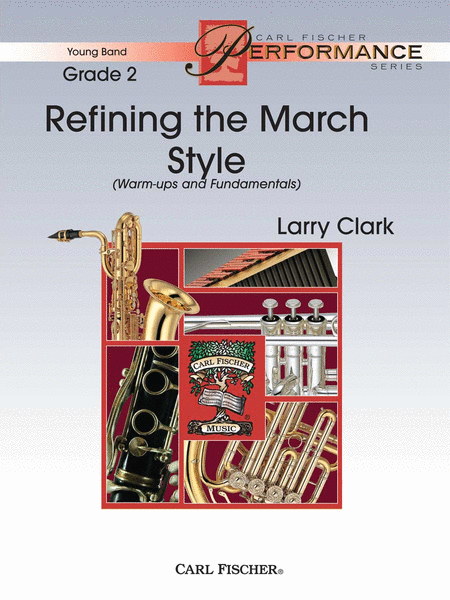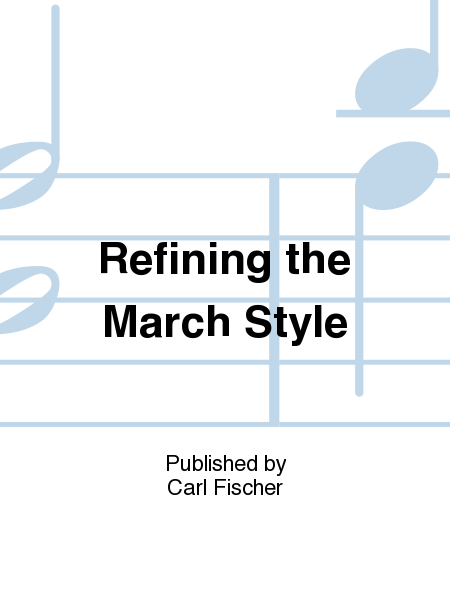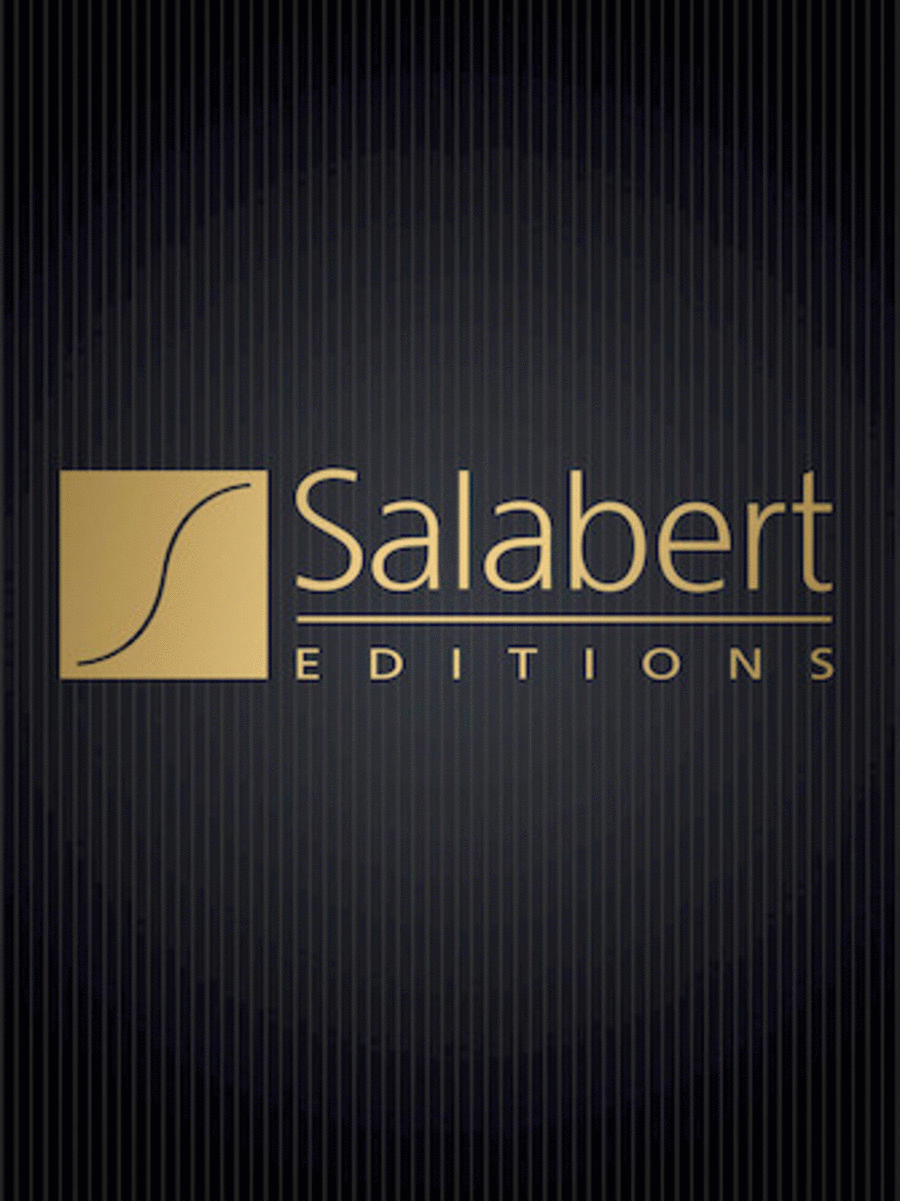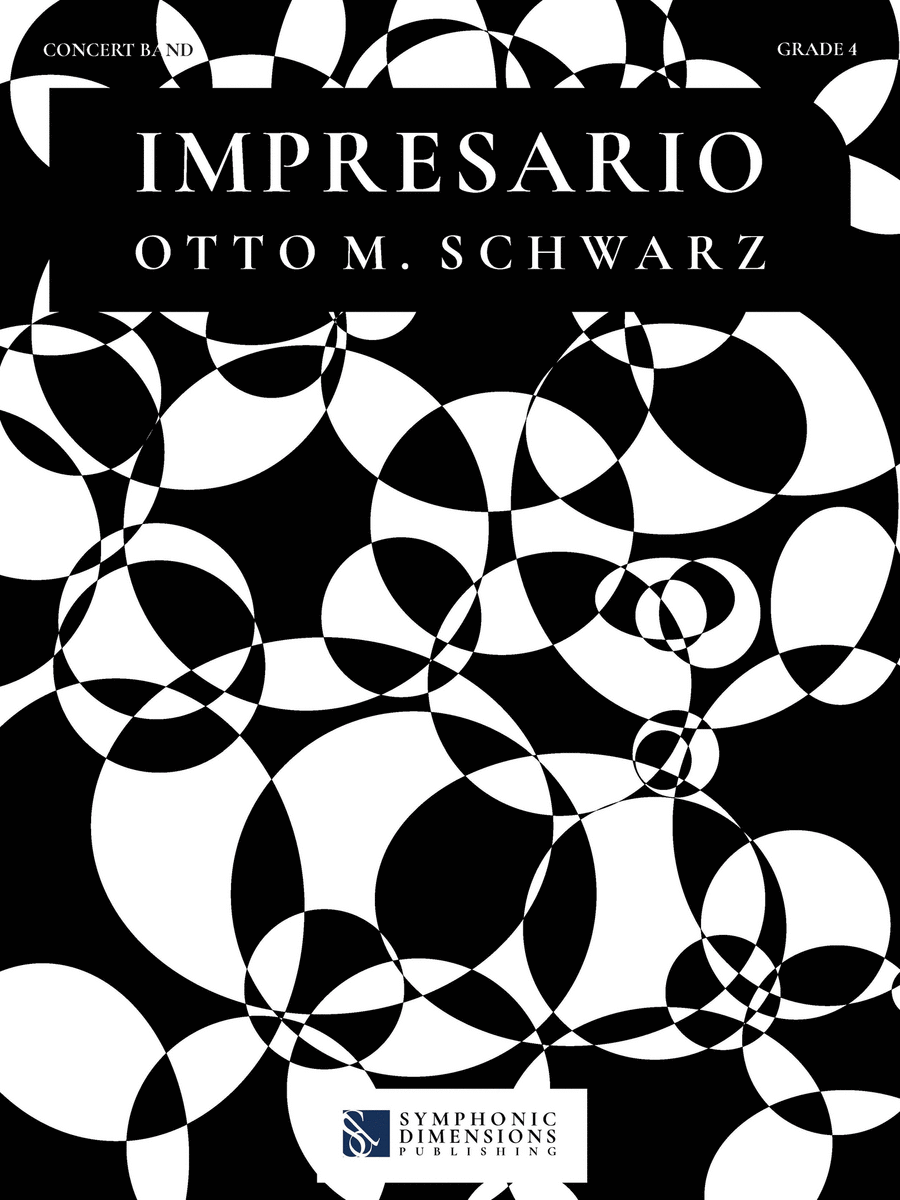Band Concert Band - Grade 2
SKU: CF.YPS105
Warm-Ups and Fundamentals. Composed by Larry Clark. Collate - FS SWS - spine: 3/4 or .75. Young Performance Series. Set of Score and Parts. With Standard notation. 16+4+8+8+4+10+4+4+8+8+8+12+4+6+2+2+4+2+20 pages. Duration 2 minutes, 53 seconds. Carl Fischer Music #YPS105. Published by Carl Fischer Music (CF.YPS105).
ISBN 9780825884870. UPC: 798408084875. 9 x 12 inches. Key: Bb major.
Based on our popular New Bennett Band Book series, we have compiled march-style warm-ups in a separate publication so they may be used by all bands wishing to learn from them. These innovative warm-ups and fundamental drills are the ultimate method of teaching and reinforcing the March style.
How To Use the March Warm-upsPlaying in a march style can present difficulties for young students. The most prevalent problem is that students have a tendency to play every note too short. Conversely, accented notes are usually played incorrectly with too much tongue. Do marches contain short notes? Absolutely, but these shortest of notes should be reserved for notes that precede an accent or notes that are specifically marked with a staccato. Think of unmarked notes as being separated, but not short and certainly not clipped or stopped with the tongue. Accented notes should be played with more weight using air and more length, and not just a harder tongue. Accents are given to show emphasis to a note and should be thought of in this manner.The warm-up exercises provided in this collection should give you many opportunities to stress the above-mentioned comments on march performance style. The following gives an explanation on the purpose and use of each of these exercises.No. 1 â Basic Chords and ModulationsOne of the challenges of playing marches with young students is successfully performing the key change at the Trio. This exercise presents the three basic chords (tonic, subdominant and dominant) in each of the three keys in this collection of marches. You can also use this exercise to teach and reinforce the style of accented notes. You may want to have your band play major scales in succession by fourths to reinforce the concept of modulation to the subdominant that occurs at the Trio (i.e. the Bâ¤-major scale, then the Eâ¤-major scale, then the Aâ¤-major scale). I might suggest getting the students to try continuing the pattern all the way around the circle of fourths.No. 2 â March Style in B⤠MajorThis exercise contains many opportunities to teach and reinforce the difference between staccato and accented notes. The melody voices move up and down the Bâ¤-major scale, while other instruments play chords commonly found in the marches in this collection. These include diminished chords, secondary dominant chords (i.e. the V of the V) and other common chromatic chords that Fillmore often used.No. 3 â Cakewalk Rhythm in B⤠MajorThe simple syncopated rhythm in this exercise is common to many marches. This drill gives you the opportunity to teach/ reinforce the standard ar-ticulation and natural accent of this rhythmic pattern. Again, this exercise uses an ascending and descending major-scale pattern as the melodic basis, accompanied by chords commonly found in American- style marches.No. 4 â The March Scale in B⤠MajorI call this exercise âThe March Scale,â because often in marches (and especially in these marches) the descending half-step is part of the melodic material. These chromatic figures give the melodies of many marches their charm and flow. Thus, I devised this exercise and others like it in E⤠major and A⤠major to familiarize students with these patterns. I would suggest playing the pattern in a variety of ways different from what is written. Here are some other possibilities:⢠Tongue one, slur three⢠Slur two, tongue two⢠Tongue two, slur two⢠Tongue one, slur two, tongue oneGradually increase the tempo to the march tempo and the articulation style will fall right into place.Another important consideration is the performance of the bass line and the bass-drum part. Too often, the bass drum and bass instruments play their parts with equal emphasis on both beats in the measure. This is incorrect, and frequently makes the marchNo. 5 â March Style in E⤠MajorThis is a similar to exercise No. 2, but with a different rhythmic pattern. Emphasize the difference between accented and unaccented notes. Also, play the exercise with line direction moving the musical line forward. Experiment and play the exercise with different dynamic choices and with hairpins up and down in different ways.No. 6 â More March Style in E⤠MajorExercise No. 6 comprises more rhythmic patterns and harmonic materials in E⤠major to teach and reinforce the march style. This exercise em-phasizes the sixteenth-note rhythm, as notated in the third measure of the exercise. Young stu- dents have a tendency to âcrushâ the sixteenths; consequently, they lack clarity. It would be a good idea to work this rhythmic figure on a scale pattern with all of the instruments in the band as an additional warm-up exercise.No. 7 â The March Scale in E⤠MajorSee the information for No. 4 and apply it to this exercise. Use all of the various articulations described above as well.No. 8 â March Style in A⤠MajorSee the information for No. 2 and apply it to this exercise.No. 9 â Cakewalk Rhythm in A⤠MajorSee the information for No. 3 and apply it to this exercise.No. 10 â The March Scale in A⤠MajorSee the information for No. 4 and apply it to this exercise.Other Ideas for March PerformanceA rehearsal practice that has worked very well for me is to start out by having the band play the march very slowly at about Å = 60 in a chorale/legato style. The slow tempo is a fine opportunity to work on clarity of harmonic move- ment and to work on the balance and blend of the tutti band sound. This will pay great dividends toward improving the sound of your band. Gradually increase the tempo to the march tempo and the articulation style will fall right into place.Another important consideration is the performance of the bass line and the bass-drum part. Too often, the bass drum and bass instruments play their parts with equal emphasis on both beats in the measure. This is incorrect, and frequently makes the march.
Arr : Concert bandPublisher : Carl Fischer $70.00 - See more - Buy online
$70.00 - See more - Buy online
 (AMERICAN COMPANY)
(AMERICAN COMPANY) 





